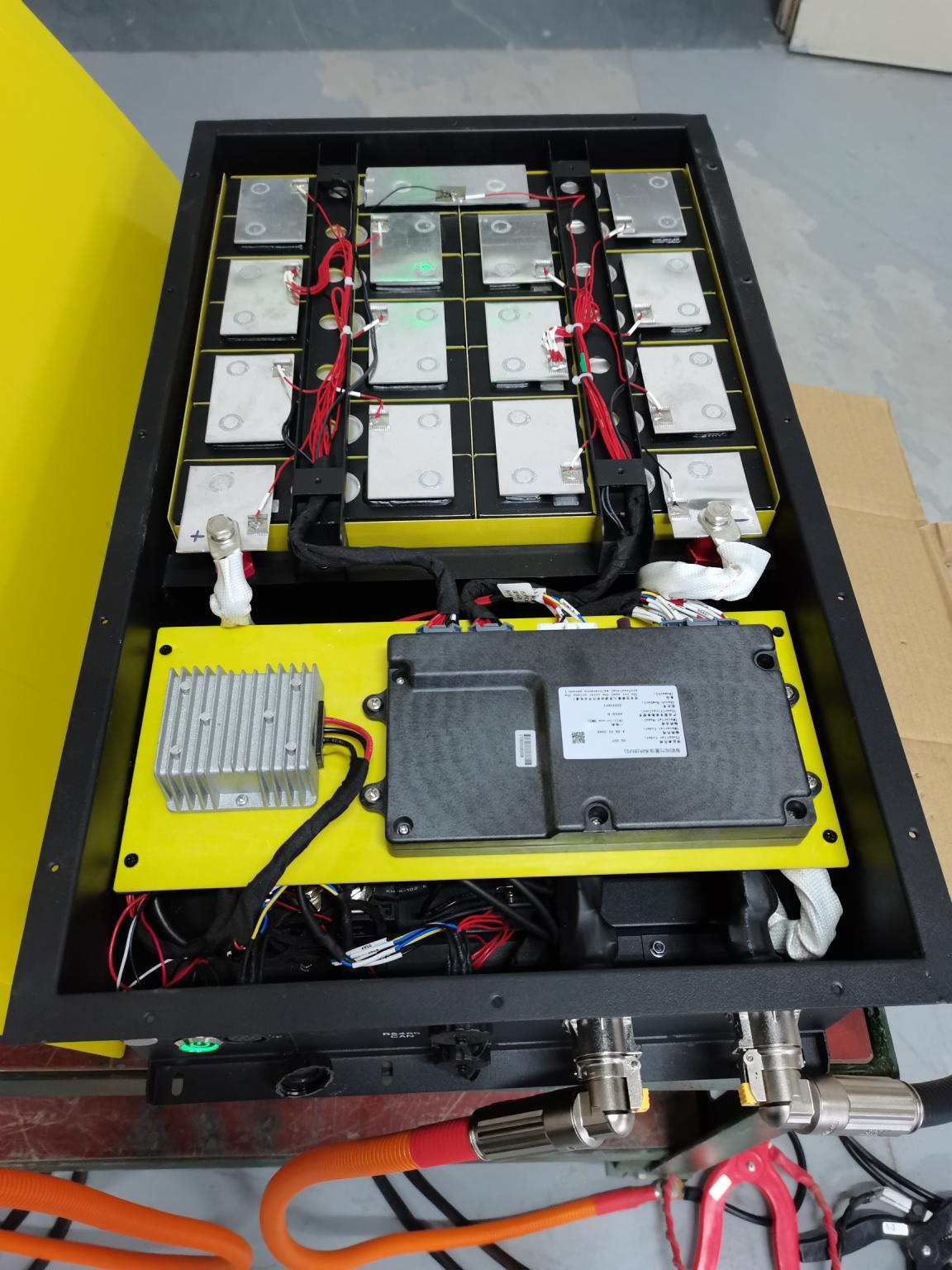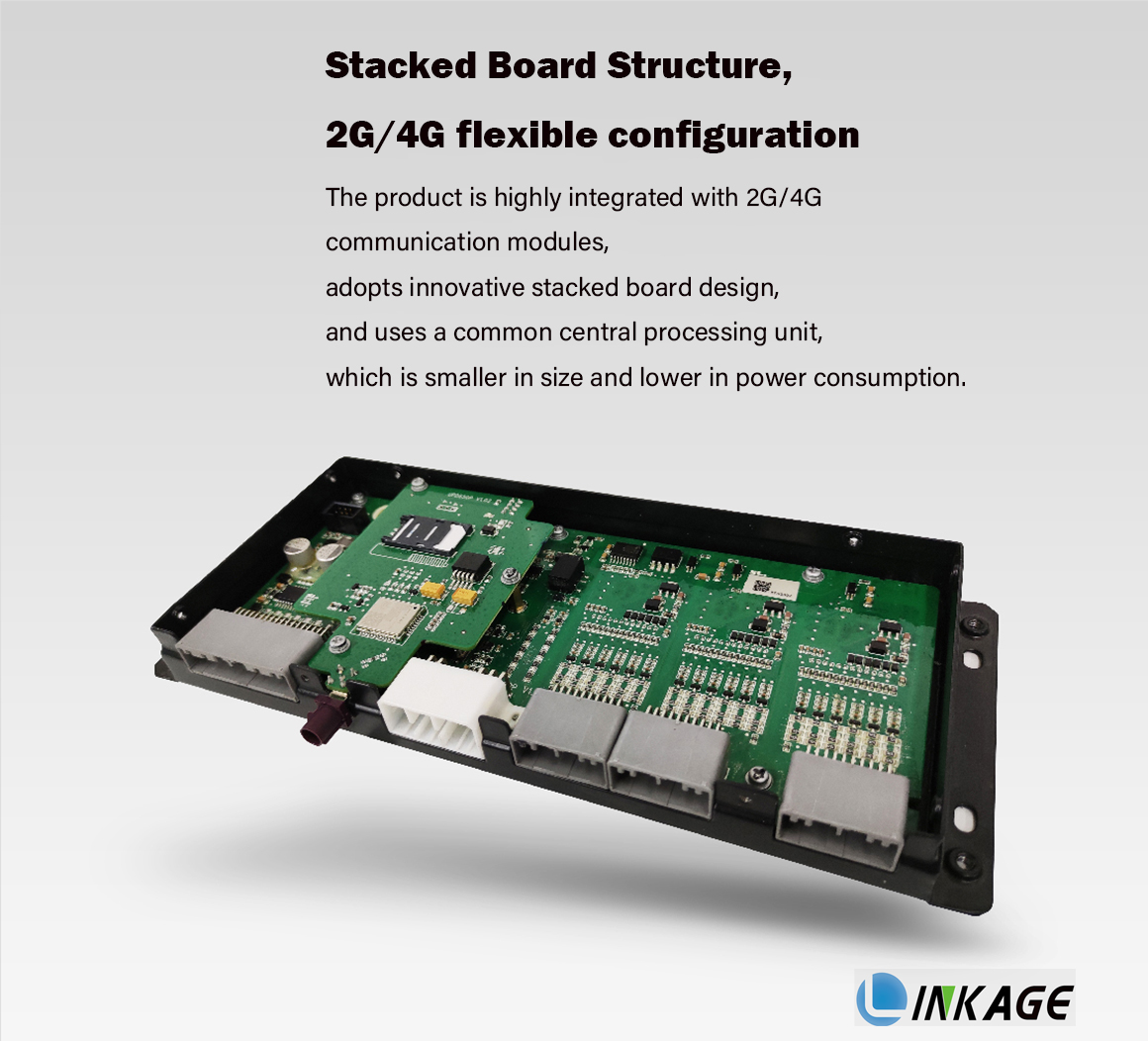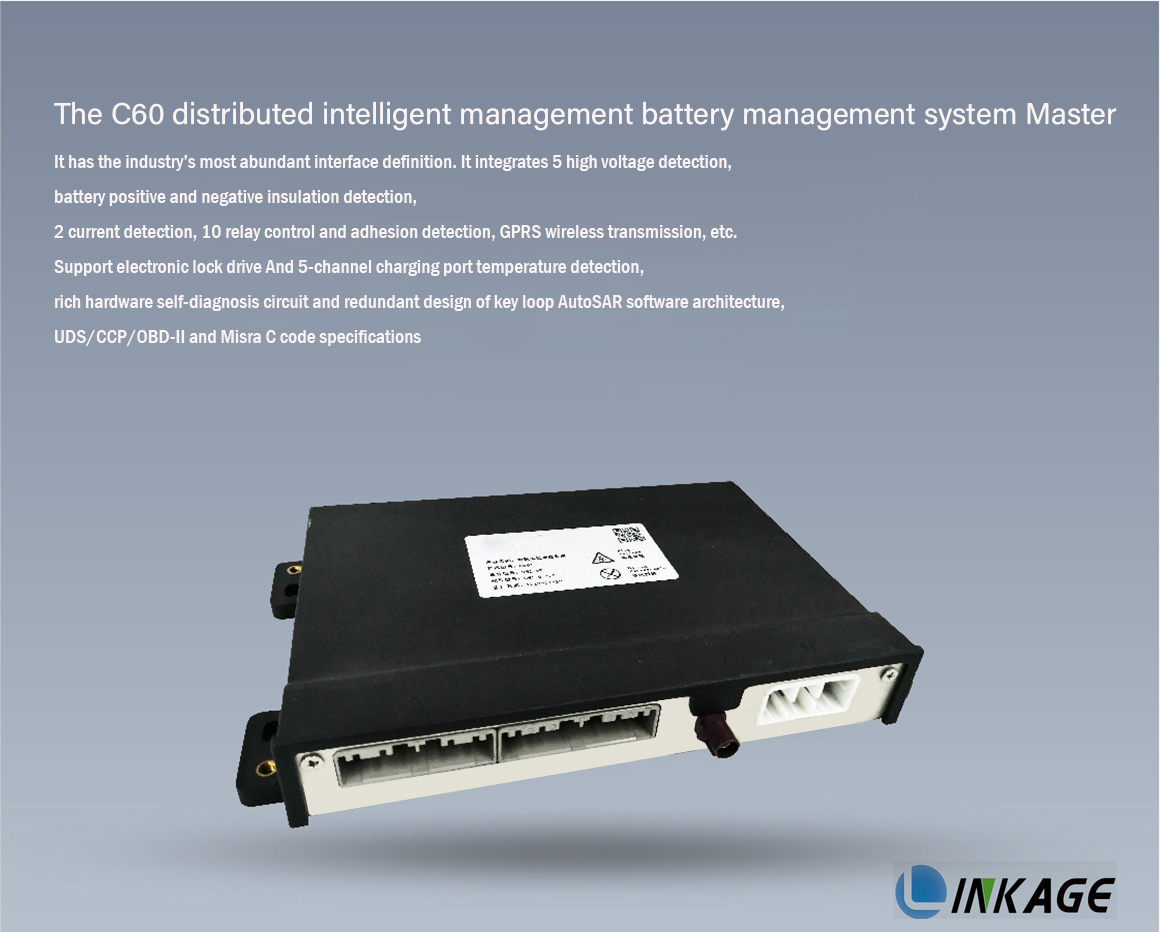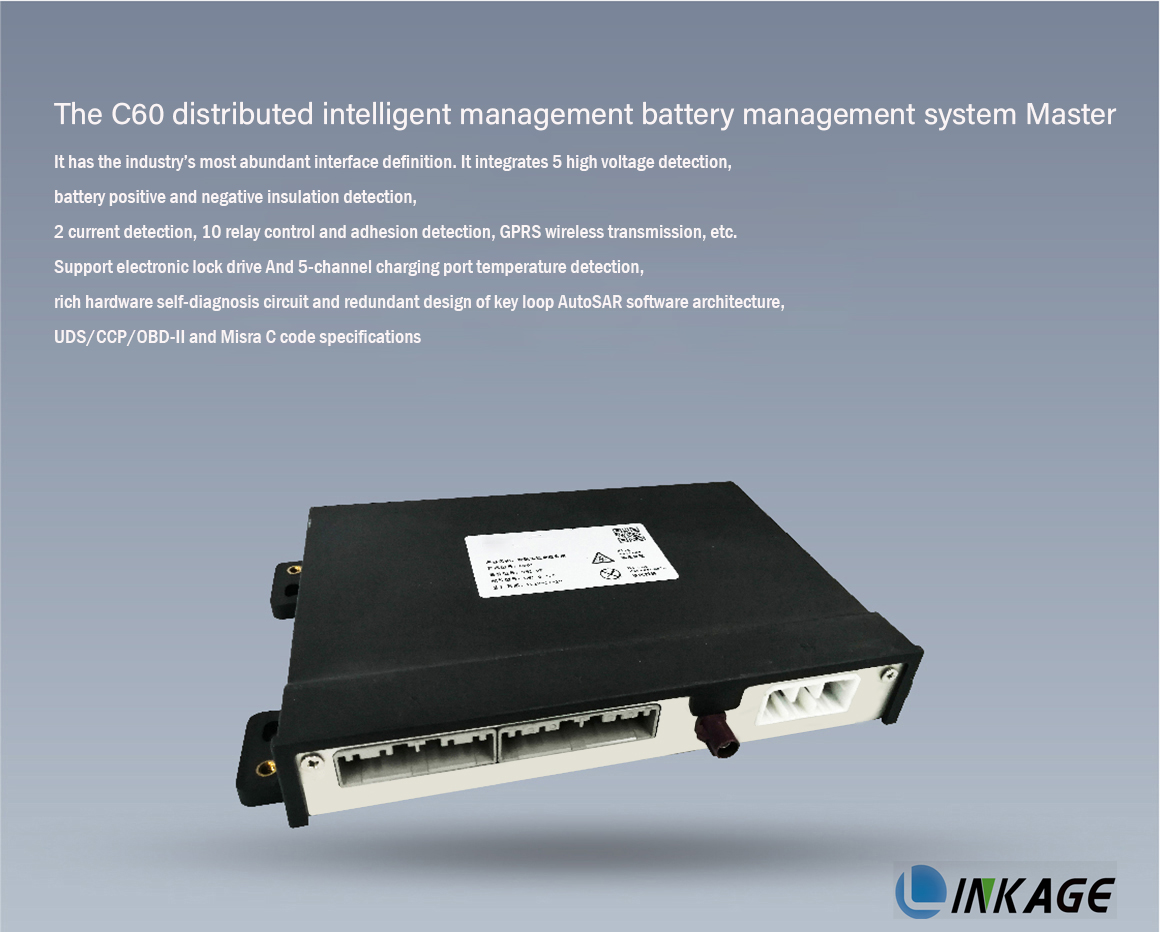- 23
- Mar
Mengapa kapasiti bateri litium mereput, seseorang akhirnya merumuskan
Bateri litium-ion ialah bateri sekunder yang paling cepat berkembang selepas bateri nikel-kadmium dan nikel-hidrogen. Sifat tenaga tingginya menjadikan masa depannya kelihatan cerah. Walau bagaimanapun, bateri litium-ion tidak sempurna, dan masalah terbesarnya ialah kestabilan kitaran cas-nyahcasnya. Kertas kerja ini meringkaskan dan menganalisis kemungkinan sebab untuk kapasiti pudar bateri Li-ion, termasuk cas berlebihan, penguraian elektrolit dan nyahcas sendiri.





Lithium-ion batteries have different intercalation energies when intercalation reactions occur between the two electrodes, and in order to obtain the best performance of the battery, the capacity ratio of the two host electrodes should maintain a balanced value.
In lithium-ion batteries, the capacity balance is expressed as the mass ratio of the positive electrode to the negative electrode,
Iaitu: γ=m+/m-=ΔxC-/ΔyC+
Dalam formula di atas, C merujuk kepada kapasiti coulombi teoritikal elektrod, dan Δx dan Δy merujuk kepada nombor stoikiometri ion litium yang tertanam dalam elektrod negatif dan elektrod positif, masing-masing. Ia boleh dilihat daripada formula di atas bahawa nisbah jisim yang diperlukan bagi dua kutub bergantung pada kapasiti Coulomb yang sepadan bagi kedua-dua kutub dan bilangan ion litium boleh balik masing-masing.
gambar
Generally speaking, a smaller mass ratio leads to incomplete utilization of the negative electrode material; a larger mass ratio may cause a safety hazard due to the overcharge of the negative electrode. In short, at the optimized mass ratio, the battery performance is the best.
Untuk sistem bateri Li-ion yang ideal, baki kapasiti tidak berubah semasa kitarannya, dan kapasiti awal dalam setiap kitaran adalah nilai tertentu, tetapi keadaan sebenar adalah lebih rumit. Sebarang tindak balas sampingan yang boleh menjana atau menggunakan ion litium atau elektron boleh menyebabkan perubahan dalam baki kapasiti bateri. Setelah keadaan keseimbangan kapasiti bateri berubah, perubahan ini tidak dapat dipulihkan dan boleh dikumpul melalui berbilang kitaran, menghasilkan prestasi bateri. Kesan yang serius. Dalam bateri litium-ion, sebagai tambahan kepada tindak balas redoks yang berlaku apabila ion litium dinyahinterkalasi, terdapat juga sejumlah besar tindak balas sampingan, seperti penguraian elektrolit, pembubaran bahan aktif, dan pemendapan litium logam.
Reason 1: Overcharging
1. Overcharge reaction of graphite negative electrode:
Apabila bateri dicas berlebihan, ion litium mudah dikurangkan dan dimendapkan pada permukaan elektrod negatif:
gambar
The deposited lithium coats the negative electrode surface, blocking the intercalation of lithium. This results in reduced discharge efficiency and capacity loss due to:
①Reduce the amount of recyclable lithium;
②The deposited metal lithium reacts with the solvent or supporting electrolyte to form Li2CO3, LiF or other products;
③ Metal lithium is usually formed between the negative electrode and the separator, which may block the pores of the separator and increase the internal resistance of the battery;
④ Due to the very active nature of lithium, it is easy to react with the electrolyte and consume the electrolyte, resulting in a reduction in discharge efficiency and a loss of capacity.
Pengecasan pantas, ketumpatan arus terlalu besar, elektrod negatif terpolarisasi teruk, dan pemendapan litium akan menjadi lebih jelas. Ini mungkin berlaku apabila bahan aktif elektrod positif adalah berlebihan berbanding bahan aktif elektrod negatif. Walau bagaimanapun, dalam kes kadar pengecasan yang tinggi, pemendapan litium logam mungkin berlaku walaupun nisbah bahan aktif positif dan negatif adalah normal.
2. Positive electrode overcharge reaction
Apabila nisbah bahan aktif elektrod positif kepada bahan aktif elektrod negatif terlalu rendah, cas berlebihan elektrod positif mungkin berlaku.
The capacity loss caused by overcharge of the positive electrode is mainly due to the generation of electrochemically inert substances (such as Co3O4, Mn2O3, etc.), which destroy the capacity balance between the electrodes, and the capacity loss is irreversible.
(1) LiyCoO2
LiyCoO2→(1-y)/3[Co3O4+O2(g)]+yLiCoO2 y<0.4
At the same time, the oxygen generated by the decomposition of the positive electrode material in the sealed lithium-ion battery accumulates at the same time because there is no recombination reaction (such as the generation of H2O) and the flammable gas generated by the decomposition of the electrolyte, and the consequences will be unimaginable.
(2) λ-MnO2
The lithium-manganese reaction occurs when the lithium-manganese oxide is completely delithiated: λ-MnO2→Mn2O3+O2(g)
3. Elektrolit teroksida apabila dicas berlebihan
Apabila tekanan lebih tinggi daripada 4.5V, elektrolit akan teroksida untuk menghasilkan bahan tidak larut (seperti Li2Co3) dan gas. Bahan tidak larut ini akan menyekat mikropori elektrod dan menghalang penghijrahan ion litium, mengakibatkan kehilangan kapasiti semasa berbasikal.
Factors that affect the rate of oxidation:
Luas permukaan bahan elektrod positif
Bahan pengumpul semasa
Ejen konduktif tambahan (hitam karbon, dll.)
Jenis dan luas permukaan karbon hitam
Among the more commonly used electrolytes, EC/DMC is considered to have the highest oxidation resistance. The electrochemical oxidation process of solution is generally expressed as: solution→oxidation product (gas, solution and solid matter)+ne-
Pengoksidaan mana-mana pelarut akan meningkatkan kepekatan elektrolit, mengurangkan kestabilan elektrolit, dan akhirnya menjejaskan kapasiti bateri. Dengan mengandaikan bahawa sejumlah kecil elektrolit digunakan setiap kali ia dicas, lebih banyak elektrolit diperlukan semasa pemasangan bateri. Untuk bekas tetap, ini bermakna jumlah bahan aktif yang lebih kecil dimuatkan, yang mengakibatkan pengurangan kapasiti awal. Di samping itu, jika produk pepejal dihasilkan, filem pempasifan akan terbentuk pada permukaan elektrod, yang akan meningkatkan polarisasi bateri dan mengurangkan voltan keluaran bateri.
Sebab 2: Penguraian elektrolit (pengurangan)
Saya terurai pada elektrod
1. Elektrolit terurai pada elektrod positif:
Elektrolit terdiri daripada pelarut dan elektrolit sokongan. Selepas katod diuraikan, produk tidak larut seperti Li2Co3 dan LiF biasanya terbentuk, yang mengurangkan kapasiti bateri dengan menyekat liang elektrod. Tindak balas pengurangan elektrolit akan memberi kesan buruk pada kapasiti dan hayat kitaran bateri. Gas yang dihasilkan oleh pengurangan boleh meningkatkan tekanan dalaman bateri, yang boleh membawa kepada masalah keselamatan.
Voltan penguraian elektrod positif biasanya lebih besar daripada 4.5V (vs. Li/Li+), jadi ia tidak mudah terurai pada elektrod positif. Sebaliknya, elektrolit lebih mudah terurai pada elektrod negatif.
2. Elektrolit terurai pada elektrod negatif:
The electrolyte is not stable on graphite and other lithium-inserted carbon anodes, and it is easy to react to generate irreversible capacity. During the initial charge and discharge, the decomposition of the electrolyte will form a passivation film on the surface of the electrode, and the passivation film can separate the electrolyte from the carbon negative electrode to prevent further decomposition of the electrolyte. Thus, the structural stability of the carbon anode is maintained. Under ideal conditions, the reduction of the electrolyte is limited to the passivation film formation stage, and this process does not occur when the cycle is stable.
Formation of passivation film
The reduction of electrolyte salts participates in the formation of the passivation film, which is beneficial to the stabilization of the passivation film, but
(1) Bahan tidak larut yang dihasilkan oleh pengurangan akan mempunyai kesan buruk ke atas produk pengurangan pelarut;
(2) Kepekatan elektrolit berkurangan apabila garam elektrolit dikurangkan, yang akhirnya membawa kepada kehilangan kapasiti bateri (LiPF6 dikurangkan untuk membentuk LiF, LixPF5-x, PF3O dan PF3);
(3) The formation of the passivation film consumes lithium ions, which will cause the capacity imbalance between the two electrodes to reduce the specific capacity of the entire battery.
(4) If there are cracks on the passivation film, solvent molecules can penetrate and thicken the passivation film, which not only consumes more lithium, but also may block the micropores on the carbon surface, resulting in the inability of lithium to be inserted and extracted. , resulting in irreversible capacity loss. Adding some inorganic additives to the electrolyte, such as CO2, N2O, CO, SO2, etc., can accelerate the formation of the passivation film and inhibit the co-insertion and decomposition of the solvent. The addition of crown ether organic additives also has the same effect. 12 crowns and 4 ethers are the best.
Faktor kehilangan kapasiti filem:
(1) The type of carbon used in the process;
(2) Komposisi elektrolit;
(3) Bahan tambahan dalam elektrod atau elektrolit.
Blyr percaya bahawa tindak balas pertukaran ion bergerak dari permukaan zarah bahan aktif ke terasnya, fasa baru yang terbentuk menimbus bahan aktif asal, dan filem pasif dengan kekonduksian ionik dan elektronik yang rendah terbentuk pada permukaan zarah, jadi spinel selepas penyimpanan Polarisasi yang lebih besar daripada sebelum penyimpanan.
Zhang found that the resistance of the surface passivation layer increased and the interfacial capacitance decreased with the increase of the number of cycles. It reflects that the thickness of the passivation layer increases with the number of cycles. The dissolution of manganese and the decomposition of the electrolyte lead to the formation of passivation films, and high temperature conditions are more conducive to the progress of these reactions. This will increase the contact resistance between the active material particles and the Li+ migration resistance, thereby increasing the polarization of the battery, incomplete charging and discharging, and reduced capacity.
II Mekanisme Penurunan Elektrolit
The electrolyte often contains oxygen, water, carbon dioxide and other impurities, and redox reactions occur during the charging and discharging process of the battery.
The reduction mechanism of the electrolyte includes three aspects: solvent reduction, electrolyte reduction and impurity reduction:
1. Solvent reduction
Pengurangan PC dan EC termasuk tindak balas satu elektron dan proses tindak balas dua elektron, dan tindak balas dua elektron membentuk Li2CO3:
Fong et al. believed that during the first discharge process, when the electrode potential was close to 0.8V (vs. Li/Li+), the electrochemical reaction of PC/EC occurred on graphite to generate CH=CHCH3(g)/CH2=CH2( g) and LiCO3(s), leading to irreversible capacity loss on graphite electrodes.
Aurbach et al. conducted extensive research on the reduction mechanism and products of various electrolytes on lithium metal electrodes and carbon-based electrodes, and found that the one-electron reaction mechanism of PC produces ROCO2Li and propylene. ROCO2Li is very sensitive to trace water. The main products are Li2CO3 and propylene in the presence of trace water, but no Li2CO3 is produced under dry conditions.
Restoration of DEC:
Ein-Eli Y reported that the electrolyte mixed with diethyl carbonate (DEC) and dimethyl carbonate (DMC) will undergo an exchange reaction in the battery to generate ethyl methyl carbonate (EMC), which is responsible for the loss of capacity. certain influence.
2. Electrolyte reduction
Tindak balas pengurangan elektrolit secara amnya dianggap terlibat dalam pembentukan filem permukaan elektrod karbon, jadi jenis dan kepekatannya akan menjejaskan prestasi elektrod karbon. Dalam sesetengah kes, pengurangan elektrolit menyumbang kepada penstabilan permukaan karbon, yang boleh membentuk lapisan pempasifan yang dikehendaki.
Secara amnya dipercayai bahawa elektrolit penyokong lebih mudah untuk dikurangkan daripada pelarut, dan produk pengurangan bercampur dalam filem pemendapan elektrod negatif dan menjejaskan pereputan kapasiti bateri. Beberapa kemungkinan tindak balas pengurangan elektrolit penyokong adalah seperti berikut:
3. Impurity reduction
(1) Jika kandungan air dalam elektrolit terlalu tinggi, mendapan LiOH(s) dan Li2O akan terbentuk, yang tidak kondusif untuk pemasukan ion litium, mengakibatkan kehilangan kapasiti tidak dapat dipulihkan:
H2O+e→OH-+1/2H2
OH-+Li+→LiOH(s)
LiOH+Li++e-→Li2O(s)+1/2H2
LiOH(s) yang dijana dimendapkan pada permukaan elektrod, membentuk filem permukaan dengan rintangan yang tinggi, yang menghalang interkalasi Li+ ke dalam elektrod grafit, mengakibatkan kehilangan kapasiti tidak dapat dipulihkan. Sebilangan kecil air (100-300×10-6) dalam pelarut tidak mempunyai kesan ke atas prestasi elektrod grafit.
(2) The CO2 in the solvent can be reduced on the negative electrode to form CO and LiCO3(s):
2CO2+2e-+2Li+→Li2CO3+CO
CO akan meningkatkan tekanan dalaman bateri, dan Li2CO3(s) akan meningkatkan rintangan dalaman bateri dan menjejaskan prestasi bateri.
(3) Kehadiran oksigen dalam pelarut juga akan membentuk Li2O
1/2O2+2e-+2Li+→Li2O
Oleh kerana beza potensi antara litium logam dan karbon berinterkalasi sepenuhnya adalah kecil, pengurangan elektrolit pada karbon adalah serupa dengan pengurangan pada litium.
Sebab 3: Pelepasan diri
Nyahcas sendiri merujuk kepada fenomena bahawa bateri kehilangan kapasitinya secara semula jadi apabila ia tidak digunakan. Nyahcas sendiri bateri li-ion membawa kepada kehilangan kapasiti dalam dua kes:
One is the reversible capacity loss;
The second is the loss of irreversible capacity.
Kehilangan kapasiti boleh balik bermakna kapasiti yang hilang boleh dipulihkan semasa pengecasan, manakala kehilangan kapasiti tidak boleh balik adalah sebaliknya. Elektrod positif dan negatif boleh bertindak sebagai bateri mikro dengan elektrolit dalam keadaan bercas, mengakibatkan interkalasi dan penyahinterkalaan ion litium, dan interkalasi dan penyahinterkalaan elektrod positif dan negatif. Ion litium tertanam hanya berkaitan dengan ion litium elektrolit, jadi kapasiti elektrod positif dan negatif tidak seimbang, dan bahagian kehilangan kapasiti ini tidak dapat dipulihkan semasa pengecasan. Seperti:
Elektrod dan pelarut positif litium mangan oksida akan menyebabkan kesan bateri mikro dan nyahcas sendiri, mengakibatkan kehilangan kapasiti yang tidak dapat dipulihkan:
LiyMn2O4+xLi++xe-→Liy+xMn2O4
Solvent molecules (such as PC) are oxidized on the surface of conductive material carbon black or current collector as a microbattery anode:
xPC→xPC-radikal+xe-
Similarly, the negative active material may interact with the electrolyte to cause self-discharge and cause irreversible capacity loss, and the electrolyte (such as LiPF6) is reduced on the conductive material:
PF5+xe-→PF5-x
Lithium carbide in the charged state is oxidized by removing lithium ions as the negative electrode of the microbattery:
LiyC6→Liy-xC6+xLi+++xe-
Faktor yang mempengaruhi pelepasan diri: proses pembuatan bahan elektrod positif, proses pembuatan bateri, sifat elektrolit, suhu dan masa.
